Salt and pepper are two essential food ingredients surrounded by a great deal of hype. Both are commonly misunderstood. Today, we will ‘get granular’ and discuss some things to help you grind away the hype.
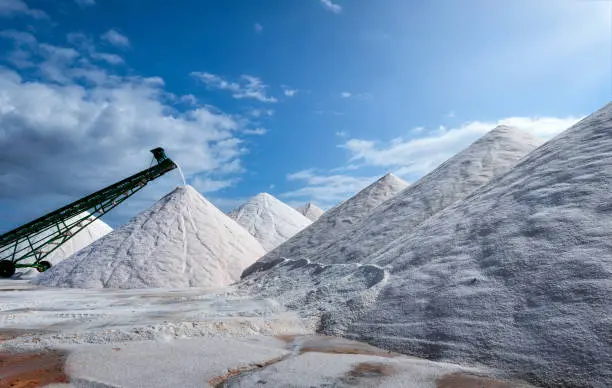
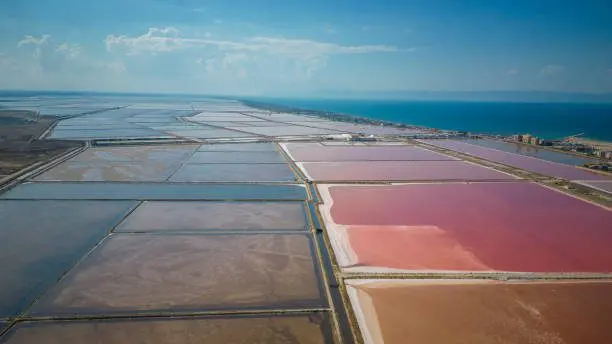
Table salt is sodium chloride in crystalline form. All salt comes from the sea. It can be extracted from seawater through evaporation and be called Sea Salt, or it can be mined from salt deposits. These deposits are generally ancient, underground remnants of seas that dried up long ago. This salt mining method uses water to wash the deposits, forming a salt solution which then undergoes evaporation in a vacuum and forms salt crystals. Table salt is processed to purify and strip away any contaminants or other minerals. What ends up in your carton of table salt is 98% sodium chloride crystals. Potassium iodide may be added as well as an anti-caking agent to provide the flow of the crystals, according to the Morton Salt, Inc. claim that, “When it rains, it pours.”
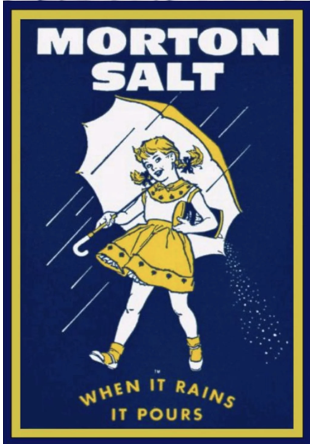
Salt that is harvested directly from seawater also uses evaporation to remove the water. These salts are normally sold as a gourmet ingredient because they provide a unique flavor profile to the ‘discerning palate’, and for those who do not mind the significantly higher price. Some sea salts are ‘unrefined’ and retain other trace minerals, marine bacteria, and algae extracted from the water source giving that salt a flavor specific to the place. Refined sea salt goes through the same process as the mined salt described earlier, so everything is stripped out of the salt solution other than sodium chloride. In the end, it is the same except for the price.
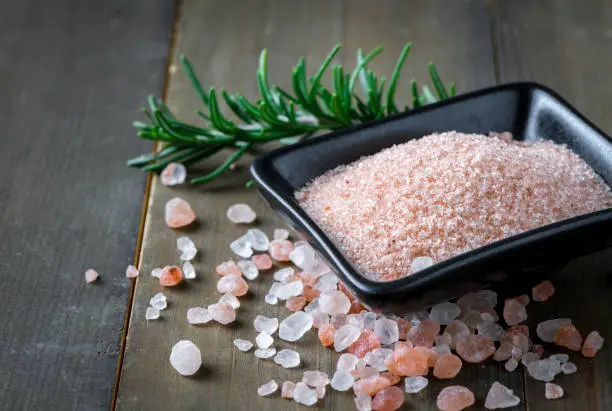
Adding to the hype is Himalayan Sea Salt. This is typically pink in color because it contains the trace elements of magnesium, potassium, and calcium. It remains unrefined. Pakistan is a primary source of this type of salt. Beware, however, of Chinese Himalayan Sea Salt, as samples have been shown to contain mercury.
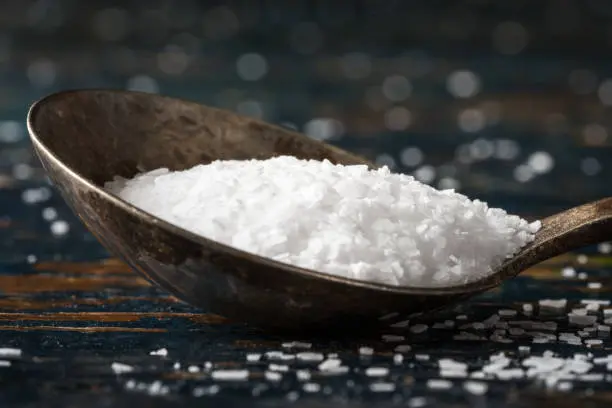
Tossing one more element into the mix is Kosher Salt. Kosher Salt is preferred by professional cooks and chefs because the salt content placed into the dish they are preparing is easier to control. The crystals or flakes are larger, and easier to pick up with fingers and distribute into the food during preparation. Also, Kosher Salt is pure salt with no additives or anti-caking ingredients.
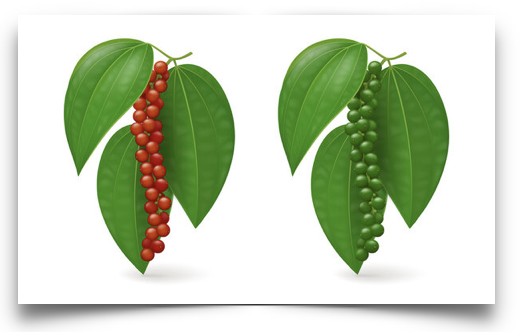
The pepper we use as a condiment in our food comes from the Piper nigrum plant that is native to southern India and other tropical regions such as Thailand, Malaysia and other areas throughout the world. The plant’s flower is a string of fruit called peppercorns. These are harvested and dried. They can be sold as whole peppercorns or ground to varying degrees of coarseness.
Black pepper is produced from the still-green and unripe string of peppercorns which are briefly exposed to hot water which erupts the cell walls of the pepper, speeding the drying process as the peppercorns lay in the sun. The outer skin of the peppercorn shrinks and wrinkles into a thin, black layer.
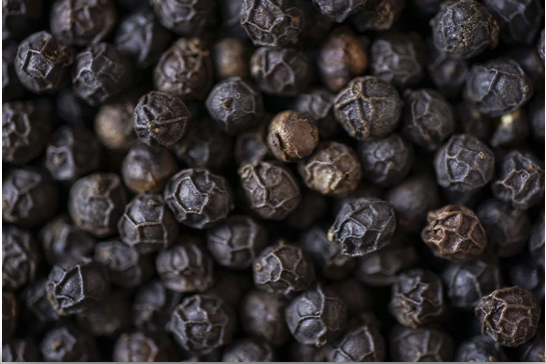
White pepper is produced from the seed only of a ripe (red) peppercorn in a time-consuming process that makes this condiment more expensive.
Green and Red peppercorns are also produced using slightly different processes.
Black pepper comes in many different grinds, including coarse, fine, and mesh. The finer the grind (or mesh), the greater the surface area and the more quickly it adds pepper’s earthy kick and sharp aroma to a dish. Coarser peppercorn grinds deliver robust explosions of sharp, biting flavor and crunchy texture while still complementing the other flavors and spices in a dish.
Pink peppercorns come from a different plant, the Peruvian Pepper tree. These peppercorns are actually a member of the cashew family.
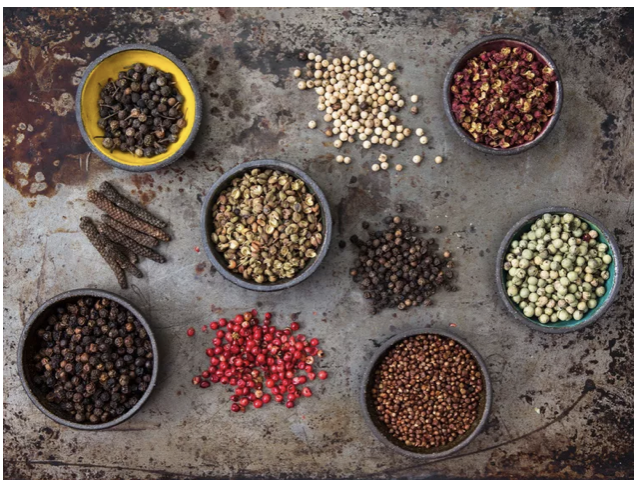
Unlike salt, pepper flavor experiences vary widely. And, even though it is one of the most widely used spices in the world there are no dominant brand name providers. This makes searching for just the right pepper more difficult and more exciting. For a great explanation of the world of pepper variants, this article is recommended.

Welcome to 3-Minutes A Day University, where every day you can learn a little about a lot of things in three minutes or less. We help you expand your knowledge and understanding of the real world, and 3-MAD University is tuition-free. Our wide-ranging syllabus includes a fascinating insight into topics including Health and Medicine, Science, Sports, Geography, History, Culinary Arts, Finance and the Economy, Music and Entertainment, and dozens more. You will impress yourself, your friends, and your family with how easy it is to learn facts and perspectives about the world around you. One topic you will never find covered is politics. We hope you enjoyed the previous three minutes.
Was this email forwarded to you? Subscribe Here.
© Copyright 2024. 3-Minutes A Day University All Rights Reserved. Unsubscribe

